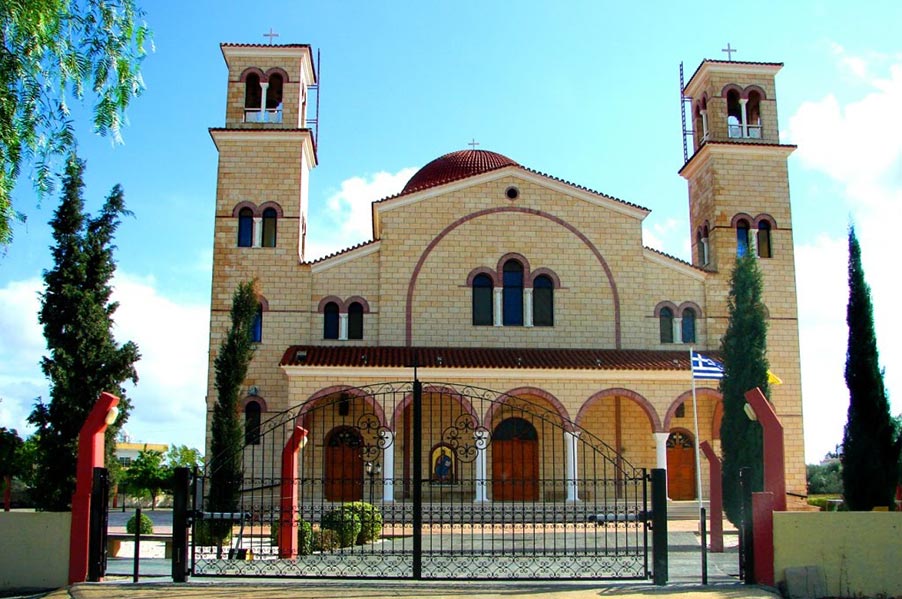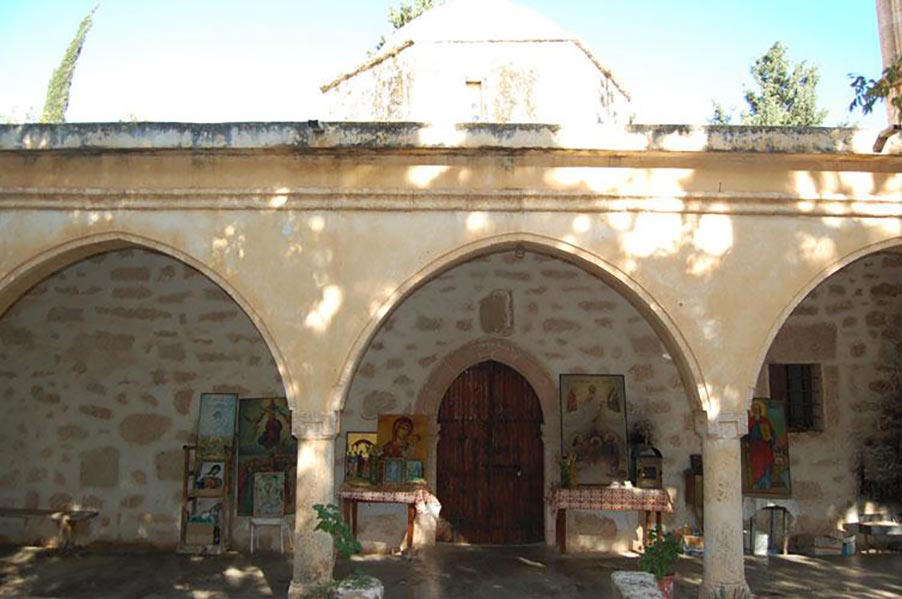- Home
- Famagusta
- Famagusta Entries
- Sotira
Description
Sotira is a large pure Greek village within the region of Famagusta, in the geographical area of Kokkinochoria, at about 10 km south of Famagusta town.
Naming
The village's name has holy origins as it comes from the name of Jesus Soter (savior). A big festival takes place every 6th of August in the name of Soter's Metamorphosis.
Considering the name of the village, it is believed that it was founded during the Byzantine period. However, the name was maintained during the years of the Frankish administration, while Mas Latri mentions that the settlement used to be a royal property. Besides, there are many old maps that refer to the village as Sotira. According to some of the legends concerning the establishment of the village, there was an ancient settlement situated on the seaside region of Agia Thekla. After a pirates attack, the inhabitants decided to move to a safer area. Thus, they moved where our village is located nowadays, naming the area Sotira, since they had been saved from the pirates. There is another explanatory opinion saying that Sotira's name came originated from the Church of Soter's Metamorphosis, which was built by the Byzantines in the 12th century.
History
The village's main church, a notable medieval monument, is dedicated to the Metamorphosis of Soter and it was built within the 16th century. Another memorable church, built in the early 16th century, is that of Agios Mamas. Agia Varvara chapel, dated back to the late 14th century or to the beginning of the 15th century, is among the village's valuable religious monuments. At about 2 km to the south of Sotira, one can see the Medieval Church of Agios Georgios, which belongs to the Byzantine years. Agios Theodoros Church, a building of the 12th century situated at the west of the village, is also significant, but deserted nowadays. Many other churches exist within the region of the village, for instance the church of Panagia Chordakiotissa. The great number of churches is not only because of the large size of the older settlement, but also because the area was separated in smaller feuds, with every feud having its own church.
Seaside area
Agia Thekla seaside area is only 5 km to the west of Ayia Napa. Moreover, it is situated 8km to the south of Sotira and 50 km to the east of Larnaca airport. Agia Thekla has been evolved thanks to the rapid development of the private property sector, which took place after Cyprus joined the E.U. in 2004. During the last six years, the construction sector has been significantly developed in Agia Thekla with many apartment complexes and villas built, while Agia Thekla beach has gained the blue flag award.



